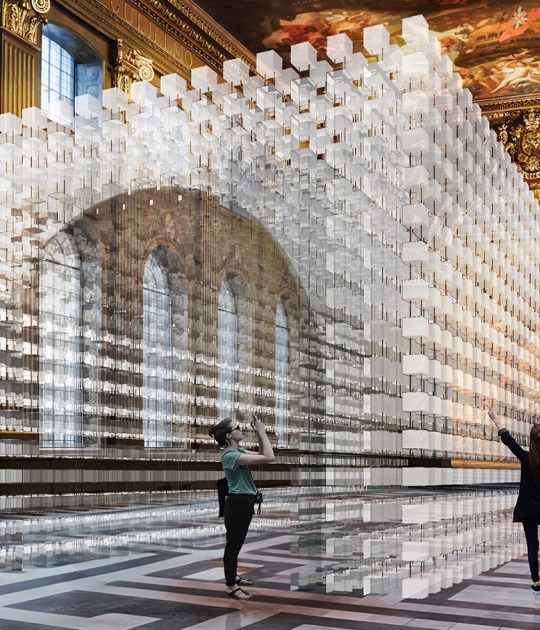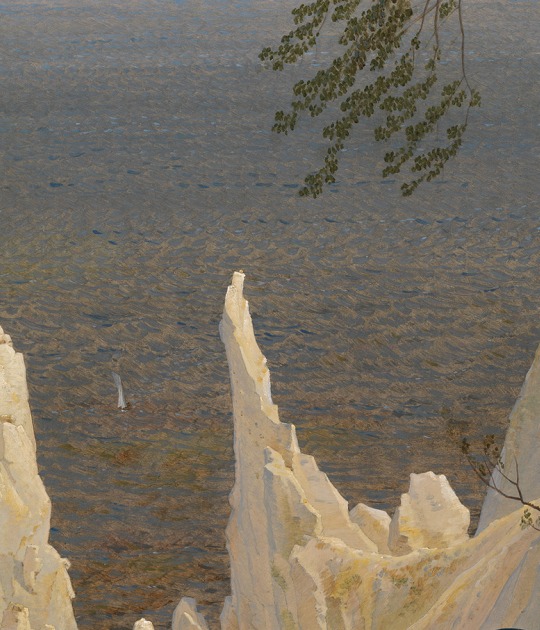This project by architect and illustrator Lauren Li Porter explores through a repository of objects the human need to construct monumental architecture in the face of uncontrollable natural phenomena. The place is located on an island, the name can be translated as "Bastard", born with a volcanic eruption in the 60s and expected to be under water in a matter of a century.
Description of the project by Lauren Li Porter.
REPOSITORY OF THE BASTARD ISLAND
1967
Erupting overnight from the Icelandic sea bed in the 1960s, Surtsey (translating as the 'bastard isle') provides a unique scientific and conceptual opportunity to the world. Since its birth it is forbidden to visitors, kept as a virginal nature reserve to be comprehensively observed, recorded, bored into and measured, generating vast amounts of data and samples in the process.
The thesis of the project departs from this fascination with the appropriation of natural phenomena through engineered means of their quantification, obsessively hoarding information and objects. The Repository provides a single location for the storage and exhibition of the expanding collection of artefacts currently held across Iceland, forming the public and academic interface of the island's uncontrolled colonisation and slow erosion back into the Atlantic Ocean.
2012
The Repository Tower opens, presenting a series of labs and galleries that at high tide find themselves submerged in their harbour site. The proposal forms a reference facility for academics as well as gallery of artefacts to the public charting past to present, whilst the public forum for research and presentation extends this to cover new developments. The first visitors to the repository are struck by the emptiness of the coffered tower, and the sound of machinery retrieving and replacing artefacts to and from the basement research laboratories. Over time, the tower tangibly manifests the story of its subjects in a vertical timeline, tracing the trajectory of an island being first colonised then deserted by life.
2100
The finite situation of Surtsey which is predicted to be below sea level within the century is paralleled in the building's form, anticipating the effects of the ocean's erosion and rising sea levels in its division between the basalt stronghold of the repository and the more ephemeral elements of the program.
The timber walkways and galleries are lost to the sea, leaving a stranded tower cut off from the coast and accessed only by boat, a monument to a disappeared island and enigmatic landmark to Reykjavik.
































